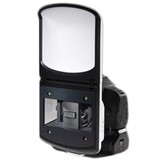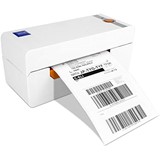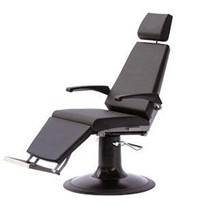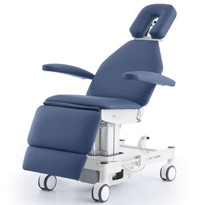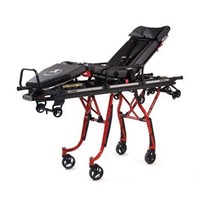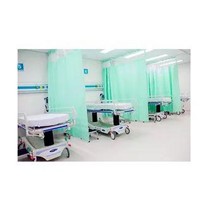Is there an unbiased comparison out there as to why one should buy a stretcher over a procedure chair, or vice versa?
The aim of this article is to provide an objective source of information about the two main types of transport equipment that hospital’s are using today!
The approach is simple, compile a stretcher vs. procedure chair approach as to the shared aspects between the two… then leave you to form your own opinion and potentially decide which one would best suit your facility, staff and patient requirements.
So, why use a Stretcher?
Stretchers are a compact patient platform designed specifically for the transportation and ease of access to patients. With the ability to lie flat on a full-sized comfortable mattress, a critically ill or injured patient may be more comfortable over extended periods of time. Some medical day procedures or radiology may benefit from the patient lying on a full-sized surface, with unimpeded, full body access.
Typically, stretcher side rails are longer and taller for maximum coverage of a patient during transport, procedure and recovery.
Why a Procedure Chair?
These have been designed for a variety of uses where physical space is a constraint, or a higher throughput of patients is required. The more compact design of a procedure chair can provide more patient handling options and easier maneuverability through busy departments. Some patients that are not critically ill and are admitted for standard medical procedures, may be more comfortable being able to sit or recline in a standard chair position, rather than having to lie completely flat. A chair by definition is generally more accommodating for entry and egress of the patient.
If there are several transfers required to move a patient through a process (such as pre-admission couch to procedure trolley and back to a recovery lounge chair), a medical procedure transport chair may increase both operational efficiency and safety by eliminating the necessity of extra transfers.
Stretcher Vs. Procedure Chair Efficiency
Patient transport trolleys and stretchers are designed to reliably move and support short stay patients throughout the entire healthcare system, by reducing the physical strain on carers and meeting the heavy demands of a high daily patient throughput.
Procedure and treatment chairs are designed to reliably move and support short stay patients throughout the entire healthcare system and reduce patient transfers between equipment.
Stretcher size Vs. Procedure Chair size?
Usually, a patient transport stretcher is approximately 2150mm long x 850mm wide overall. This sizing allows the stretcher to move through common doorway sizes and fit into most personnel lifts across a medical facility.
Usually, a procedure or treatment chair is approximately 1800mm long (lying flat) or 1100mm (sitting upright) x 700mm wide overall. This sizing works well to support the average patient build, allows easy access for medical staff in critical situations or procedure work and also easier to maneuver in confined work spaces and corridors.
Stretcher cost Vs. Procedure Chair cost?
Stretchers can average anywhere between $5,000 to $12,000 each; however these prices can dramatically differ depending on the level of customisation required
Procedure chairs however, can average anywhere from between $9000 - $13,000 per unit. Costs can range outside of this depending on the specific configurations and choices of accessories
Stretcher Accessories Vs. Procedure Chair Accessories
There are a large range of specific accessories available for trolleys to facilitate medical care that can in many cases be fitted to both the head and foot ends of a trolley, including end rails and boards, folding foot boards, IV poles, monitor boards and oxygen storage options.
For a procedure chair there is generally not as many accessories available with a limited range such as; IV poles, oxy holders, meal tray, foot plates, arm boards.
Stretcher Vs. Procedure Chair Lifetime Costs
After the initial purchase price and delivery costs of your stretcher or chair, there will normally be ongoing maintenance requirements. These often include preventative servicing, adjustments and the replacement of some common wear parts. The total lifetime costs of both types of units are commonly the same.
To look at a cost scenario of standard stretcher and procedure chair usage, calculating an externally assisted annual servicing cost along with typical wear parts, the total 10 year lifetime cost could be up to $6000.
How do I enquire?
Both units have unique advantages to offer your department and it will come down to the specific requirements your facility needs to meet to perform at its optimum level. At the end of the day the choice is yours to make with hopefully now the confidence to do just that.
Contact us to find out more on 1300 785 790 or email [email protected]


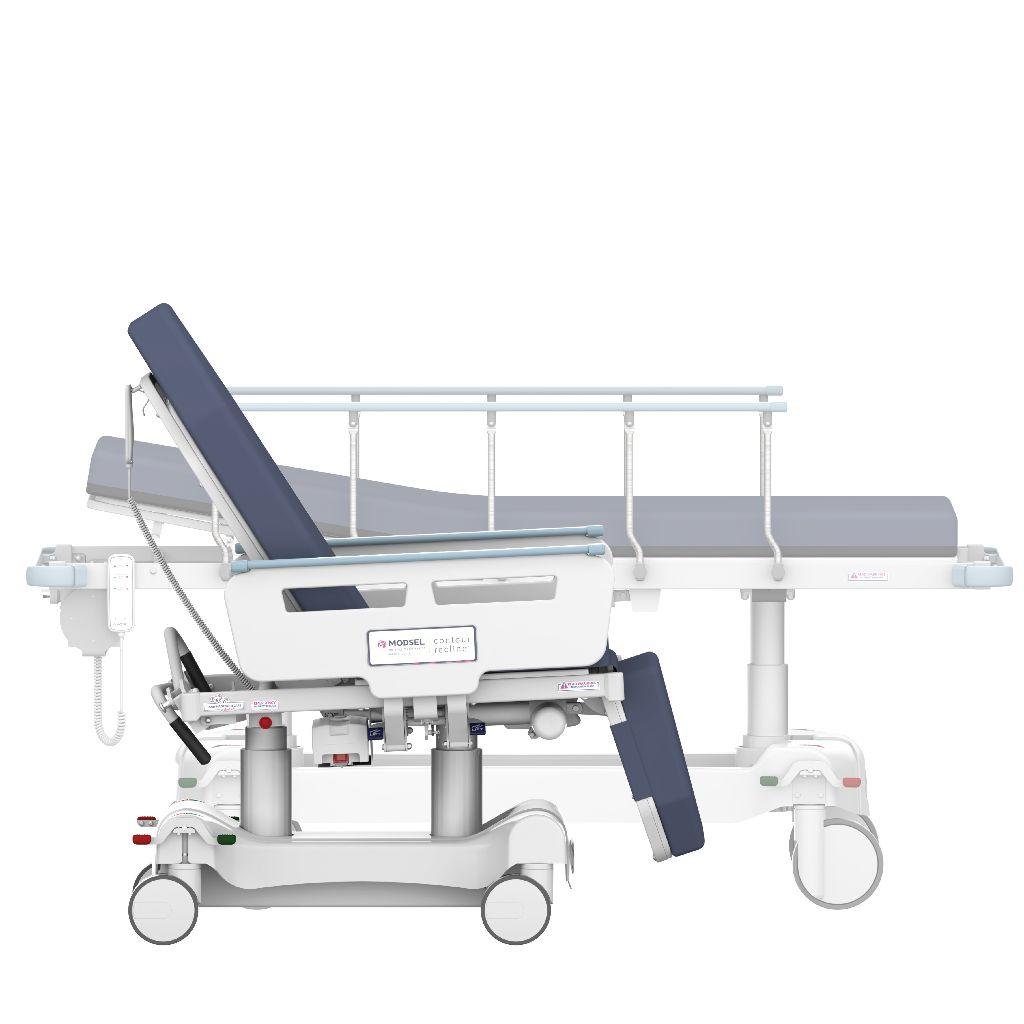




-160x160-state_article-rel-cat.png)












